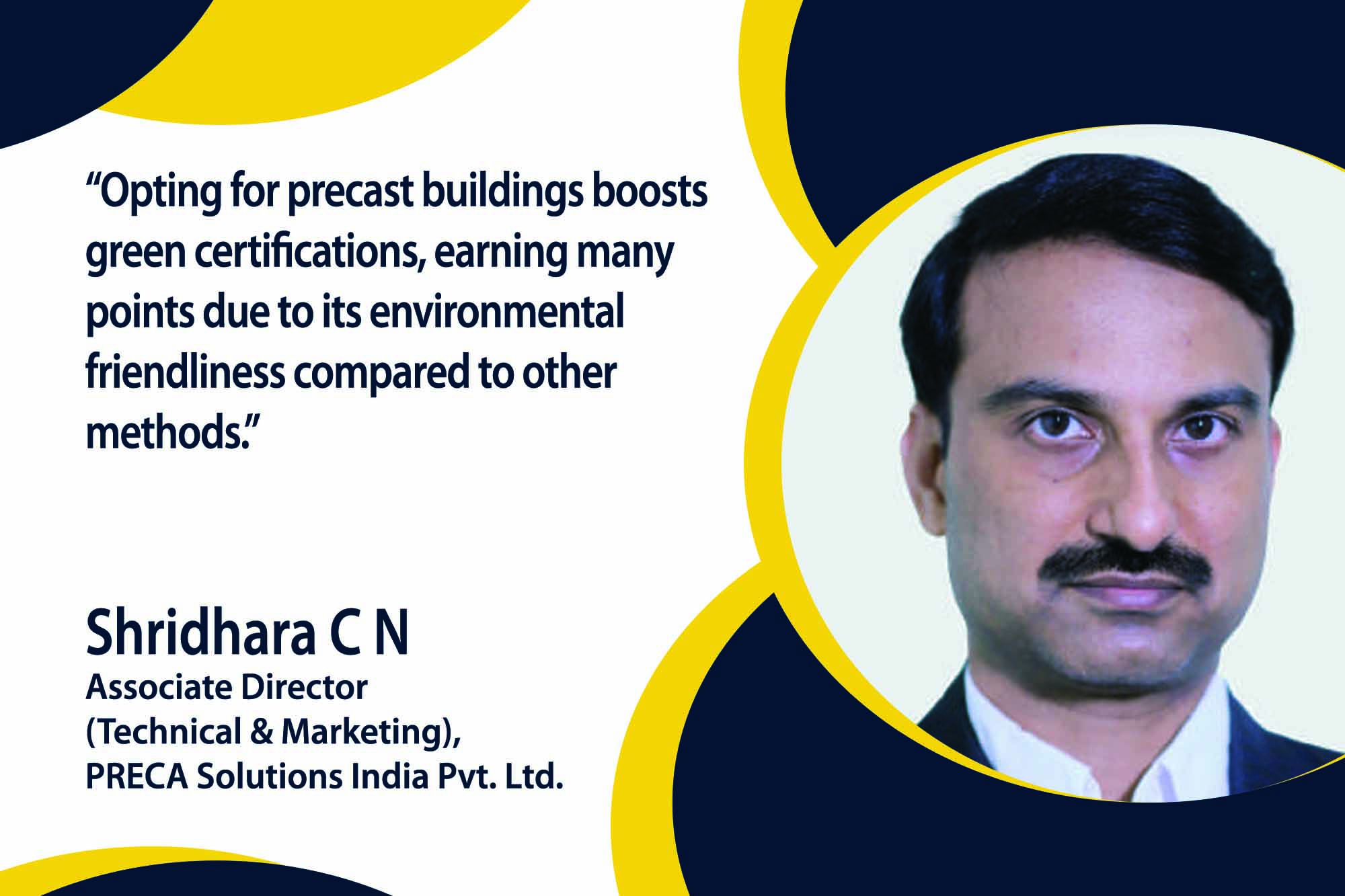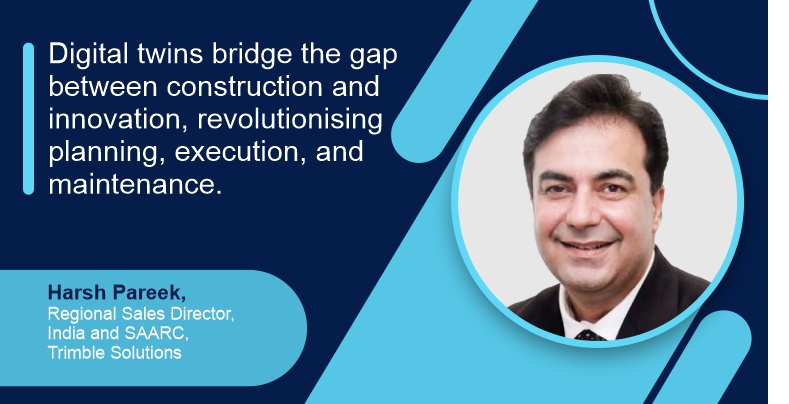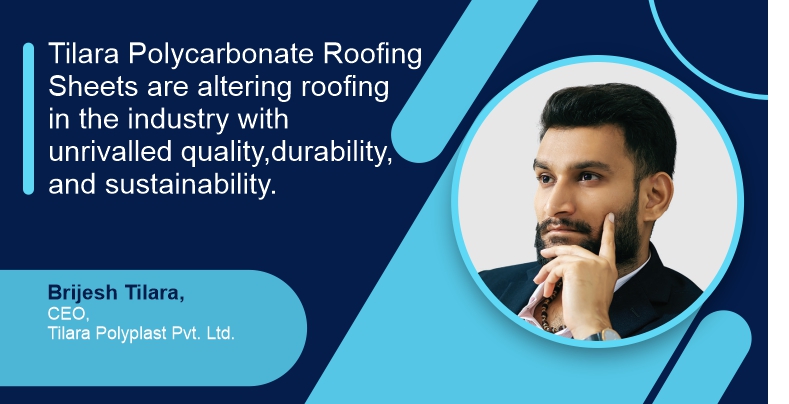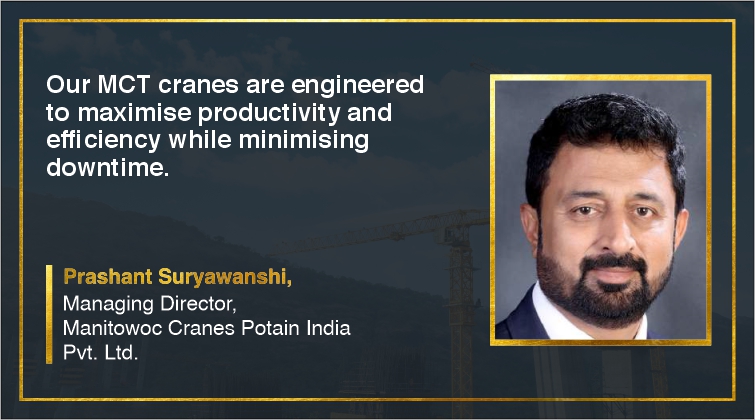Government initiated infrastructure have long advocated the use of precast
By Edit Team | May 11, 2020 4:09 pm SHARE

As governments are pushing for increased productivity in the construction sector, more and more developers are taking the lead and looking towards precast not only to increase productivity but also to reduce the build phase of a project says Anil Vishe, National Sales Manager, Halfen Moment.
How will the role of precast evolve in the current market scenario?
As governments are pushing for increased productivity in the construction sector, more and more developers are taking the lead and looking towards precast not only to increase productivity but also to reduce the build phase of a project. This will significantly improve the speed of return for the developers and justify any small increase in the construction costs. This will drive more and more investigation and innovation in precast solutions and possibly change the crane requirements and usage on construction sites.
For example, the government is emphasising more on affordable homes under schemes like Pradhan Mantri Awas Yojana (PMAY), DDA, MHADA etc. Redevelopment projects under different schemes like SRA and many more projects under different states are undergoing and to meet that demand in the shortest period of time, precast is a very viable option.
What kind of quality control protocols do you have in place?
Our in-house Quality Control Department is conceived daily with quality checks to ensure the highest quality offered. Our independent audit team systematically performs quality checks on our products and threading services and happily provides feedback to our customers. On top of that, workplaces in our company are 6S certified to ensure efficiency, productivity and safety at any given moment.
Which are some of the prime sectors you feel will drive growth for the precast industry?
Government initiated infrastructure works have been long time advocates for the precast industry, which contributes a wide range of products such as reinforced concrete pipe, box culvert, utility boxes, traffic barriers, bridge components, retaining walls, and sound mitigation walls. However, the bigger growth could come from a change in mindset about the way we construct buildings in both the private (apartments/hotels) as well as the government (hospitals/schools) sectors.
In the wake of the current situation, how easy or difficult is it to manage the supply and demand curve?
Precast concrete is a fairly capital extensive business and it will take time for the necessary volumes to be made available. However, if there is a suitable drive from the developers to do so then they might consider investing directly in to the precast sector to speed up supply. So, if we manage to adopt precast technology then we can able to manage the supply and demand curve.
Cookie Consent
We use cookies to personalize your experience. By continuing to visit this website you agree to our Terms & Conditions, Privacy Policy and Cookie Policy.























































